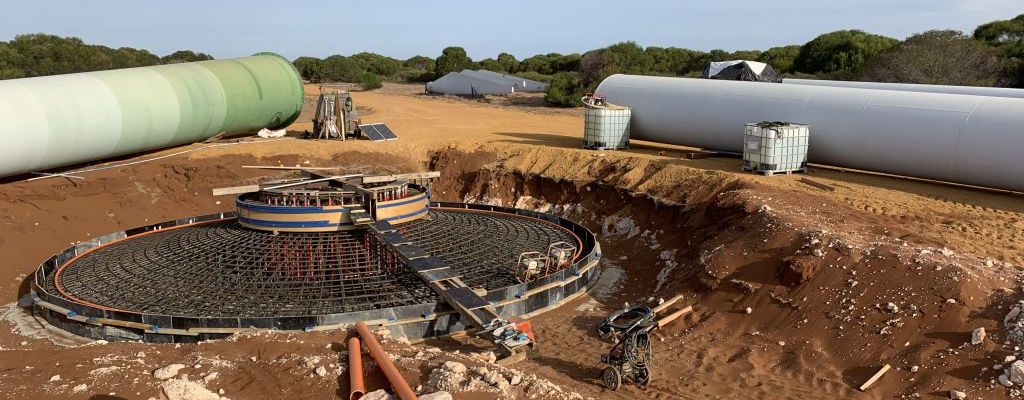ARENA to support a hybrid wind, solar and battery plant in Australia, which will include refurbished turbines

Image: ARENA supports new hybrid wind, solar and battery storage project in Australia. Photo: Courtesy of Australian Renewable Energy Agency.
The Australian Renewable Energy Agency (ARENA) has agreed to support a hybrid renewable energy project in the country to power the garnet mining and operations of GMA Garnet.
The hybrid renewable project will include wind, solar and battery-storage project. The energy plant will include second-hand wind turbines, solar and a battery to power a remote mine in Western Australia.
Claimed to be a first-of-its kind project, it will include a 2.5MW wind farm, a 1MW solar farm and a 2MW/0.5MWh lithium-ion battery storage system in Port Gregory, near Kalbarri.
The total cost of the project is expected to be AUD11.2m (£6.1m) for which ARENA has agreed to provide AUD3m (£1.63m) to Port Gregory Wind Farm (PGWF) that will build the power project, which is expected to generate enough electricity to power 70% of GMA’s electricity needs.
Advanced Energy Resources will operate the hybrid project
Perth-based Advanced Energy Resources (AER) is the developer of the project. After developing the project for 13 years, AER will build, own and operate the project, which is expected to be operational by this December.
The project will use wind turbines in northern Germany, which were decommissioned and refurbished by AER.
AER managing director Luca Castelli said: “With ARENA’s support, AER will showcase an innovative way of delivering low cost, reliable renewable energy to large energy users in fringe of grid areas in a project that delivers several Australian-first ideas.
“By thinking outside the box, we’ve been able to commercialise a new approach to energy storage and renewable energy project delivery which will change the way that renewable energy generators are delivered in weak, fringe of grid areas and by customers who are unable to commit to long term power purchase agreements.”
By using ‘back-to-back inverter topology’, the project will also use a novel approach to address the issues in connecting large amounts of renewable energy to weak, fringe-of-grid locations.
